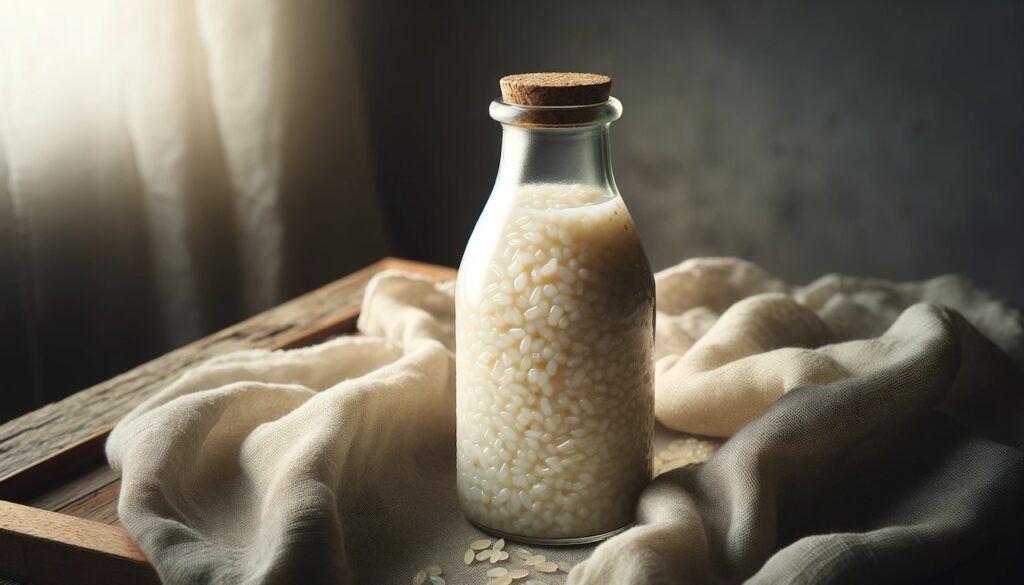Sumo is Japan’s national sport, but it’s much more than powerful athletes colliding in the ring. Beneath the dramatic bouts lies a world deeply rooted in Shinto rituals, centuries-old traditions, and an intricate hierarchy that shapes every wrestler’s journey. Let’s explore the cultural heart of sumo, from its spiritual foundations to the prestige of the Makuuchi division.
What Is Sumo?
Sumo is a traditional Japanese wrestling sport where two rikishi (wrestlers) try to force each other out of a circular ring or make any part of their opponent’s body touch the ground. But at its core, sumo is a living expression of Japanese spirituality and discipline.
Long before it became professionalized, sumo was performed as a sacred ritual to entertain the gods and ensure good harvests. Even today, traces of these religious origins are present in every match.
Historical Background
Sumo’s origins can be traced back over 1,500 years. During the Nara period (710–794), sumo was formalized as a ritual offering to Shinto deities. By the Edo period (1603–1868), sumo evolved into the organized spectator sport we recognize today, complete with ranking systems and professional stables (heya).
Throughout its history, sumo remained closely tied to Japan’s imperial court, shrines, and temples, preserving its sacred character even as it became a national pastime.
The Cultural Significance of Sumo
Unlike most modern sports, sumo is deeply ceremonial:
- Shinto Rituals: Every tournament opens with the dohyo matsuri, a purification ceremony where sacred sake, salt, and other offerings are buried beneath the ring.
- Ring Entering Ceremony (Dohyō-iri): Wrestlers wear elaborate ceremonial aprons (kesho-mawashi) and perform a ritual to ward off evil spirits.
- Salt Throwing: Before each bout, rikishi throw salt to purify the ring, a custom rooted in ancient religious practices.
- Reverence and Discipline: Bowing before and after matches reflects the importance of respect, humility, and self-control.
For many Japanese people, sumo embodies values like perseverance, honor, and spiritual balance — qualities admired far beyond the ring.
The Banzuke: Sumo’s Strict Hierarchy
At the heart of sumo’s structure lies the banzuke — a formal ranking list updated after each of the six annual tournaments (basho). A wrestler’s career depends entirely on performance: win and you rise, lose and you fall. This system fuels fierce competition and demands constant excellence.
The Professional Ranks
- Maezumo: Entry-level training bouts for newcomers.
- Jonokuchi to Makushita: Lower divisions where wrestlers fight their way up.
- Juryo: The threshold to salaried status (sekitori rank).
- Makuuchi: The top division, where sumo’s elite battle for prestige.
The Makuuchi Ranks
- Yokozuna (Grand Champion): The pinnacle, achieved by sustained dominance and impeccable character. Promotion requires approval from the Yokozuna Deliberation Council.
- Ozeki: The second-highest rank, earned through consistently outstanding results.
- Sekiwake and Komusubi: Stepping stones to Ozeki, requiring high-level performance.
- Maegashira: The bulk of Makuuchi wrestlers, ranked from Maegashira 1 to 16.
Reaching Yokozuna is not just about skill but also embodies ideal behavior, dignity, and service to tradition.
Modern Practice and Travel Tips
Visitors to Japan can witness sumo’s grandeur at tournaments held in Tokyo, Osaka, Nagoya, and Fukuoka. Tickets often sell out quickly, especially for higher-ranked match days.
If you attend:
- Arrive early to watch lower-division matches and soak in the full atmosphere.
- Observe the ceremonial rituals — the pageantry is as important as the matches themselves.
- Visit a sumo stable (heya) for an intimate look at daily training, where strict discipline governs every aspect of wrestlers’ lives.
Be respectful: photography may be restricted, and silence is often expected during matches.
Common Misconceptions
- “It’s just two big men pushing each other.”
In reality, sumo requires extraordinary agility, balance, and mental focus. Many techniques (kimarite) involve throws, footwork, and precise timing. - “Sumo is purely a sport.”
Sumo remains a sacred ritual deeply intertwined with Shinto, and its spiritual roots are still honored today. - “Women are banned from sumo.”
While women cannot compete professionally or enter the dohyo, female amateur sumo exists and has gained popularity in recent years.
Summary
Sumo is far more than an athletic contest; it’s a reflection of Japan’s soul — blending religion, discipline, honor, and centuries of tradition into each match. By understanding sumo’s hierarchy, sacred rituals, and cultural depth, foreign audiences can appreciate why sumo holds such a revered place in Japanese society.
Whether you’re watching a tense Yokozuna bout or witnessing the quiet dignity of a ring ceremony, sumo offers a glimpse into Japan’s living history — where every clash echoes with meaning far beyond the arena.

